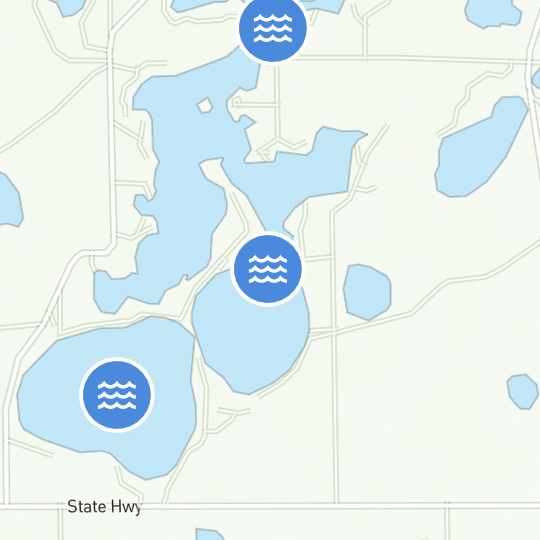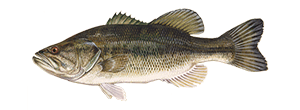Urban Fishing for Beginners
If you live in or near a city, you can have an adventure right in your backyard! Urban fishing is a quick and convenient way to get on the water.
Urban fishing is a fun pursuit and a connection to nature within a city. Let's dive into what to keep in mind, from securing the necessary fishing license, to adhering to seasonal restrictions and specific catch limits, and understanding the regulations to ensure a responsible and enjoyable fishing experience.
Laws Governing Fishing in the City
Urban fishing, sometimes referred to as community fishing, has become increasingly popular among anglers looking for easy access to good fishing spots nearby. But before you go, it’s important to be aware of any regulations that govern fishing in the city. Just like fishing elsewhere in a state, you’ll need to check the rules for licensing, protected species, daily bag and possession limits and other requirements. The easiest way to find this information is through your local fish and wildlife department.
The Best Places for Urban Fishing
Rather than having to travel to a remote spot out in the wilderness, the great thing about urban fishing is that you can walk, take public transportation, or bike to a location quickly. But just how do you find suitable spots to head?
Some of the most popular places to fish in the city are:
- Stocked Lakes: Many municipalities stock urban fishing lakes commonly found in city parks. Some, like New York City’s Central Park, limit fishing experiences in Central Park Lake and Harlem Meer to catch and release. Others, like White Rock Lake in Dallas, Texas, have no bag limits for certain species. In places like Mesa, AZ, the state stocks community waters with trout, catfish and sunfish and even posts a schedule so anglers can know exactly when certain species can be found locally. Even if lakes aren’t stocked or designated as part of an urban fishing program, many, like Lake Michigan, still offer an abundance of fish.
- Urban Fishing Ponds: Found both in and outside of city parks and management areas, public urban fishing ponds for neighboring residents are ideal spots for shore fishing. Some are stocked pond fishing spots, like Barnett Park Frog Pond in Orlando, FL, which has three wooden bridges for easy access and is located alongside recreational activities for a family-friendly setting all day long.
- Area Rivers: River banks also make great locations for urban fishing. The Los Angeles River, for example, has been revitalized and is now a popular spot that opens every Memorial Day for the season. While you’ll no longer find native trout there, you’ll likely catch carp or tilapia.
Urban Fishing Tips
If you’re hoping for a great day of city fishing, here are some tips to keep in mind:
- Study Your Spot: Once you’ve picked out a spot, do your research. Start by checking the fishing regulations for the area as noted above; next, confirm the species you’ll find there. That way, you can plan your bait and strategy based on the specific habitats they may favor in the waterway.
- Pick Your Access Point: Urban waterways can have lots of areas to choose from so determine where you want to fish based on factors like nearby facilities and amenities, the ease of shoreline access, and particular conditions you may be after like calm water. No matter where you pick, keep in mind that you’ll need to be mindful of any children or other people around before you throw your line.
- Ask Questions: Just like fishing anywhere else, often the best way to have a successful day on the water is to ask questions of regulars. These go-to resources can be other anglers or retail bait shops with knowledgeable staff. Ask them for tips and suggestions for fishing particular urban spots. And find out about their pole, rig and bait choices at each one to gain some valuable insight.
KEEP LEARNING

How to Tie the Non-Slip Loop Knot
The non-slip loop knot is a popular and reliable choice for securing hooks, lures, and other tackle to your fishing line.
LEARN MORE

Socials
Take me fishing social media links
LEARN MORE

TakeMeFishing x Teen Vogue
Join us on a creative journey as fashion designer Ahmrii Johnson walks us through her collaborative vision and process with Teen Vogue and fashion brand, Rentrayage, to create a special piece.
LEARN MORE


.png?lang=en-US&ext=.png)